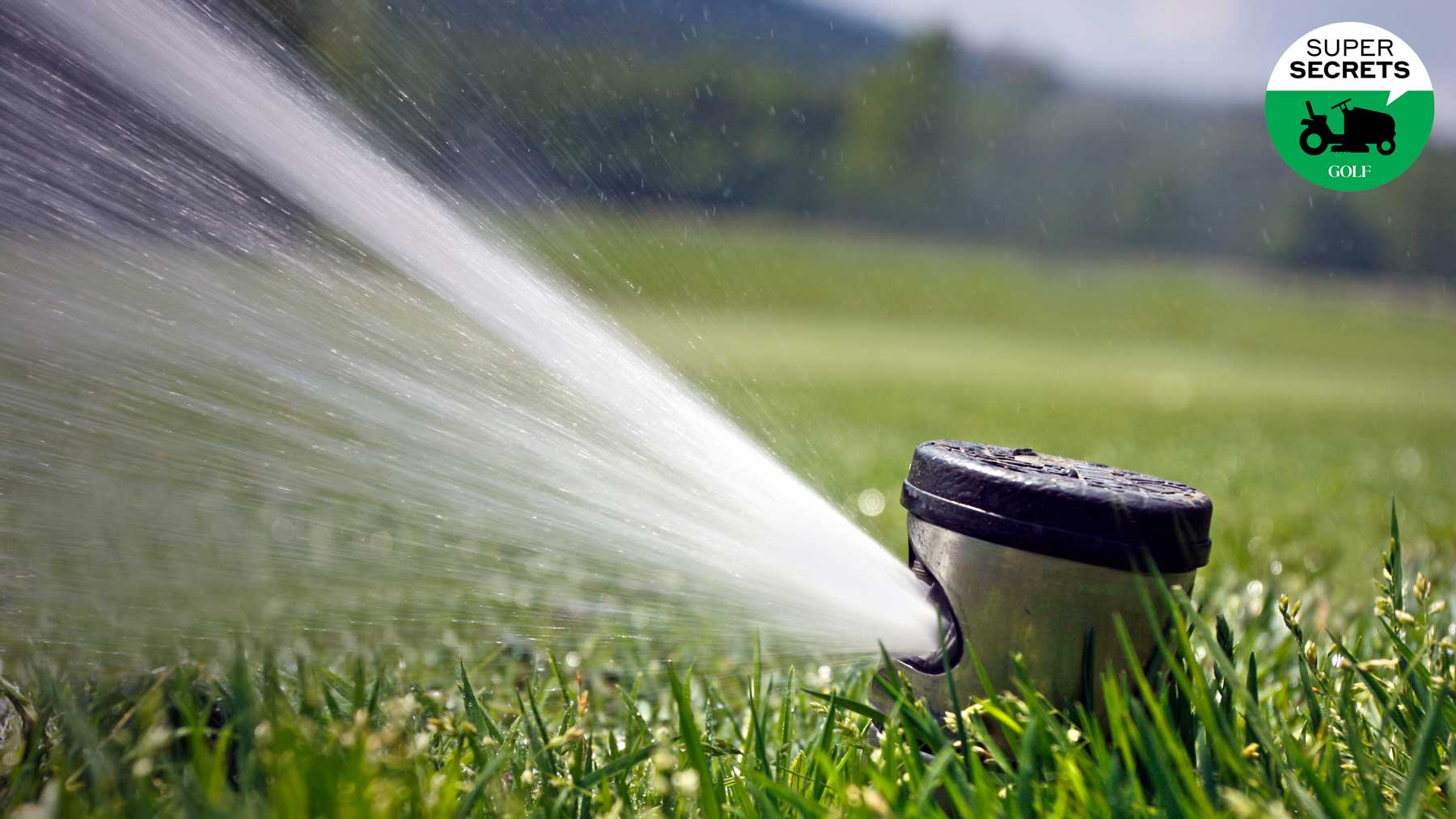Welcome to Super Secrets, where we pick the brains of the game’s leading superintendents. By illuminating how course maintenance crews ply their trades, we’re hopeful we can not only give you a deeper appreciation for the important, innovative work they do but also provide you with maintenance tips that you can apply to your own little patch of paradise. Happy gardening!
***
Like the guy who makes the donuts, your local superintendent gets up before the sun. But that’s about all the two jobs have in common.
Thanks to a survey commissioned by the Golf Course Superintendents Association of America, we now have a clearer understanding of the gig. Not only do we know something about salaries (the average super earned $97,354 last year) and job security (74.2 percent of supers report theirs to be “high”) but we also now have a better sense of how superintendents spend their days.
Not surprisingly, the workload varies by the property and the season. According to the survey, superintendents log an average of 39 hours per week in winter; 48 hours in spring; a 51 hours in summer; and 45 hours in the fall. Their duties aren’t divided evenly. On average, superintendents spend 40.9 percent of their time on maintenance tasks; 27.3 percent on personnel management; 24.5 percent on business tasks; and 7.2 percent on miscellaneous tasks (say your prayers, gopher!).
Those are the numbers. But how about putting a human face to them? In our own admittedly unscientific survey, we reached out to Jason Stewart, superintendent at Brickyard Crossing, a Pete Dye-design set on the grounds of the Indianapolis Motor Speedway and asked him for an hour-by-hour breakdown of a typical peak-season day.
The average salary of a golf course superintendent (plus 5 other monetary findings)By: Josh Sens
4:15 a.m.: Alarm clock sounds. He’s out the door 15 minutes later. No coffee. No breakfast. Does the man run on adrenaline? “More like scheduling and routine,” he says.
4:45 a.m.: Arrives at the office, where an avalanche of emails awaits.
5:40 a.m.: Stewart has 14 full-time employees, and his oversight includes the entirety of the Speedway grounds, not just the course. Lots of acreage to cover. This is the window to debrief on the day’s maintenance tasks.
6 a.m.-7:30 a.m.: Are there mower blades that require replacement? Irrigation pipes that need repair? A superintendent’s job calls for short and long-term planning, and constant communication. Stewart sets aside these 90 minutes to meet with leading members of his staff, including project managers, irrigation specialists and equipment managers.
9 a.m.-11 a.m.: Equipment manufacturers. Fertilizer reps. Not a day goes by when someone in the industry wants a word (or two) with the superintendent. Stewart blocks off these two hours for them.
11 a.m.: In Stewart’s world, there is no such thing as a scheduled lunch. This might be when he grabs a power bar or a quick bite on the go on his way out for a swing around the course.
6 lawn-care musts for springtime prep, according to a golf-course superintendentBy: Josh Sens
12-2 p.m.: Details, details. Are the greens running at the proper speed (for daily play, the aim is to get them stimping at 10)? Are the tee markers aligned evenly? The bunkers properly raked? What might seem like minutiae stands out in the eye of a seasoned superintendent. This is Stewart’s time to scrutinize the grounds, convene with his employees and fine-tune anything that isn’t right.
3 p.m.-4:30 p.m.: With their shifts winding down, Stewart’s crew members start coming in. What went wrong? What went right? An afternoon review gives rise to insights on all that needs to happen the next day.
5 p.m.-5:30: Unanswered emails, piled-up paperwork and other late-day desk-clearing duties.
6 p.m.: Home to his wife and three kids.
On average, Stewart says, he spends 12 hours on property, a schedule that repeats roughly 6 days a week. In the industry survey, Stewart’s peers reported working an average of 51 hours per week in their busy season. That number, Stewart says, “sounds low to me.”












